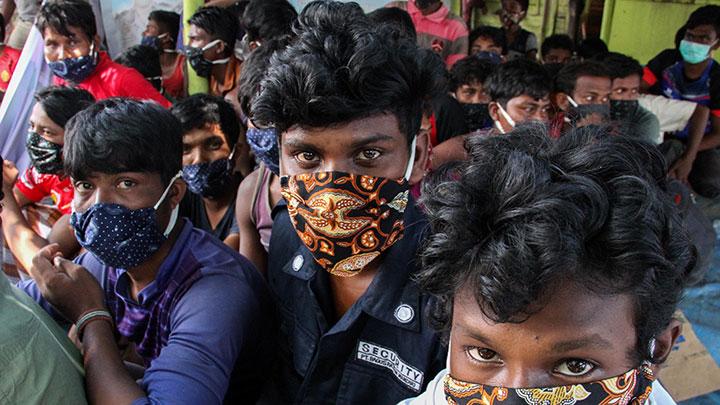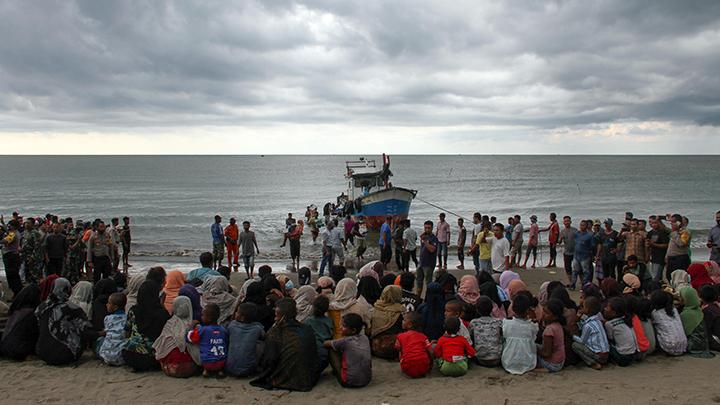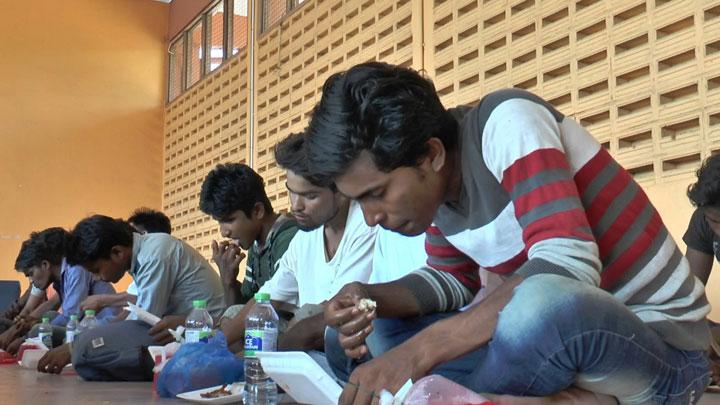Rohingya Refugees; A Future in Limbo
Translator
Editor
19 June 2019 10:54 WIB

TEMPO.CO, Jakarta - Meet Abu Ahmad, a 52-year-old father of eight: four daughters and four sons. In Myanmar, where he was born and raised, he spent his days tending to his land and raising his family with his wife.
 A refugee named Abu Ahmad. Credit: Ikram N`gadi / Dokter Lintas Batas (MSF)
A refugee named Abu Ahmad. Credit: Ikram N`gadi / Dokter Lintas Batas (MSF)
“I always have so many worries; worries about the future.”
“Our business and livelihoods we earnt ourselves,” Abu Ahmad said. “But we faced lots of threats and torture from the government in Myanmar. If someone wanted to get higher education, that person would have to flee the country because if the government found out, they would arrest him.”
The Rohingya people are one of the most persecuted minority groups in the world. Following a concerted campaign of extreme violence by the Myanmar authorities against Rohingya people in Myanmar’s Rakhine state in August 2017, over 700,000 Rohingya fled over the border into the Cox’s Bazar district of Bangladesh. Over 900,000 Rohingya live in Cox’s Bazar’s various camps today.
Since fleeing Myanmar, Abu Ahmad and his family have been living at Kutupalong camp in Cox’s Bazar for almost two years now. Like most Rohingya refugees in the camps, it’s their first time to live anywhere else other than their home country.
A Risky and Gruelling Journey to Bangladesh
Even before the violence erupted, Abu Ahmad’s 11-year-old daughter Rukia became paralysed for an unknown reason and needed urgent medical help. Abu Ahmad and his wife had to make the difficult decision to flee with Rukia first while the rest of their children would have to follow them later.
Abu Ahmad recounts how it felt like to leave his children at a dangerous time while finding a cure for Rukia and having to settle in a new country.
A Million Lives in Limbo
Almost a million Rohingya refugees living in camps across Cox’s Bazar remain vulnerable to serious health risks. They reside in overcrowded, tight spaces and are exposed to flooding and landslides during the rainy season. Many people lack access to clean water, sanitation, health care, and shelter. Outbreaks of multiple vaccine-preventable diseases have sprung up among the population.
International humanitarian organization Médecins Sans Frontières (MSF), also known as Doctors Without Borders, has provided more than one million medical consultations to refugees and the local community since the mass exodus in 2017. MSF teams have significantly scaled up their existing medical services and water and sanitation efforts in support of the needs in the megacamp.
Most of the Rohingya have experienced traumatic events. Many have suffered or witnessed violence and lost close relatives and friends. “A lot of people would like to go home, but that’s not possible. So, they feel hopeless,” said Jessica Patti, MSF medical coordinator. “Since the very beginning, providing mental health services has been a priority.” As of March 2019, MSF has conducted over 67,150 individual and group mental health sessions across the camp.
While Bangladesh showed extraordinary generosity by opening its doors to the refugees, almost two years on, the fate of the Rohingya people remains very uncertain. Host states in the region deny them any formal legal status, despite the fact that they are refugees and have been made stateless by Myanmar.
“We are not stateless. We are still from Myanmar,” Abu Ahmad said. ”Our ancestors are from there. We are ready to go back to our country. But how can we go back when the conflict is still ongoing?”
TEMPO.CO























